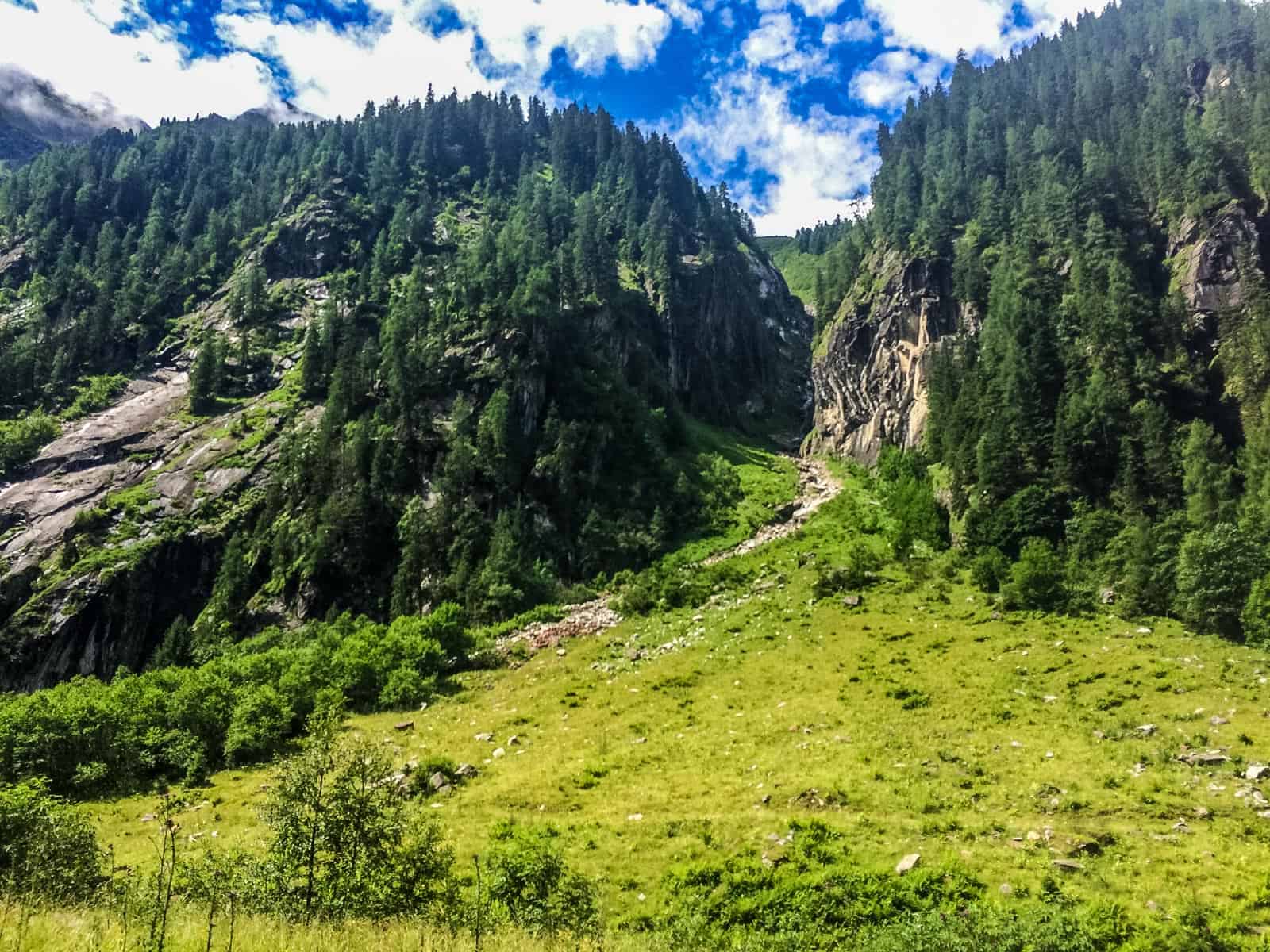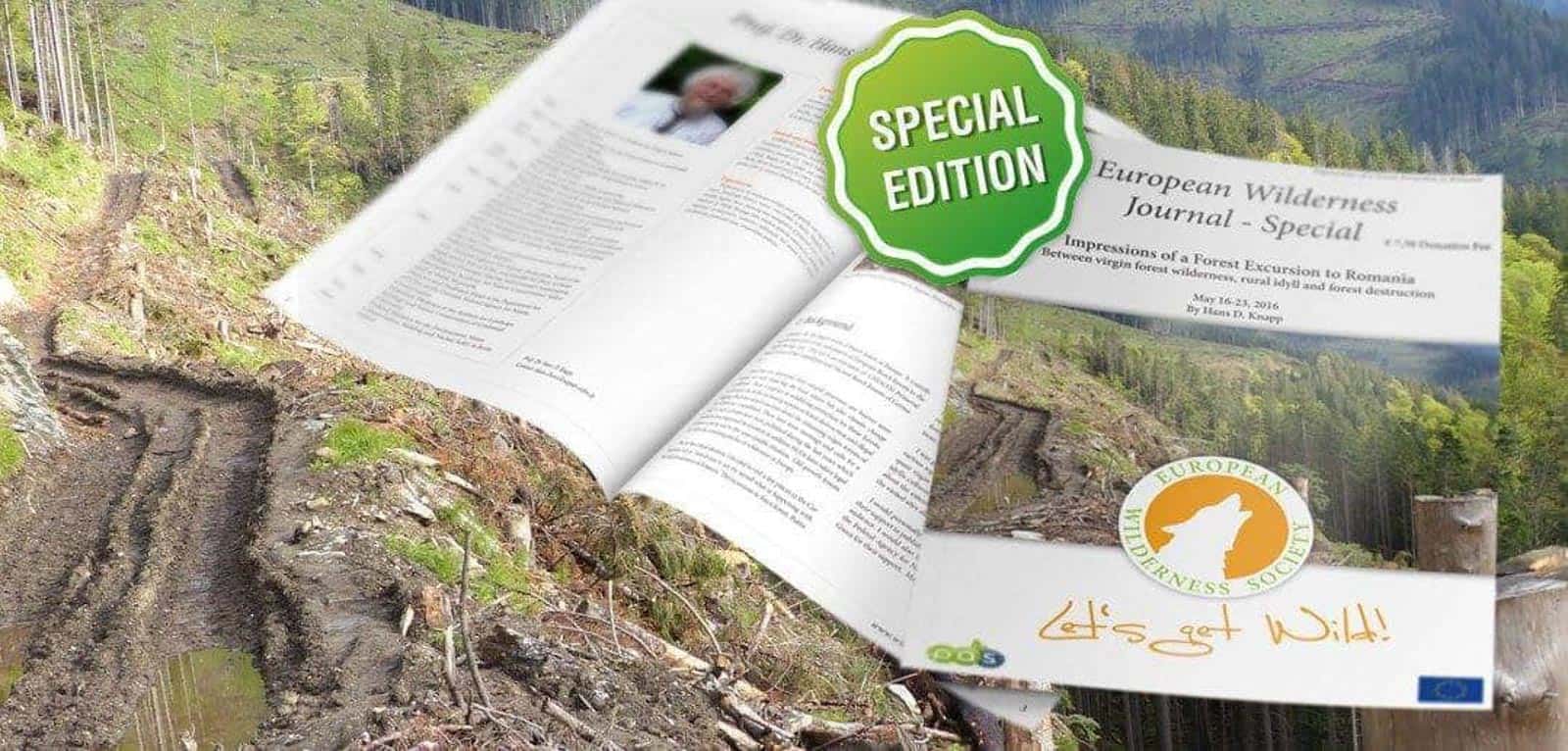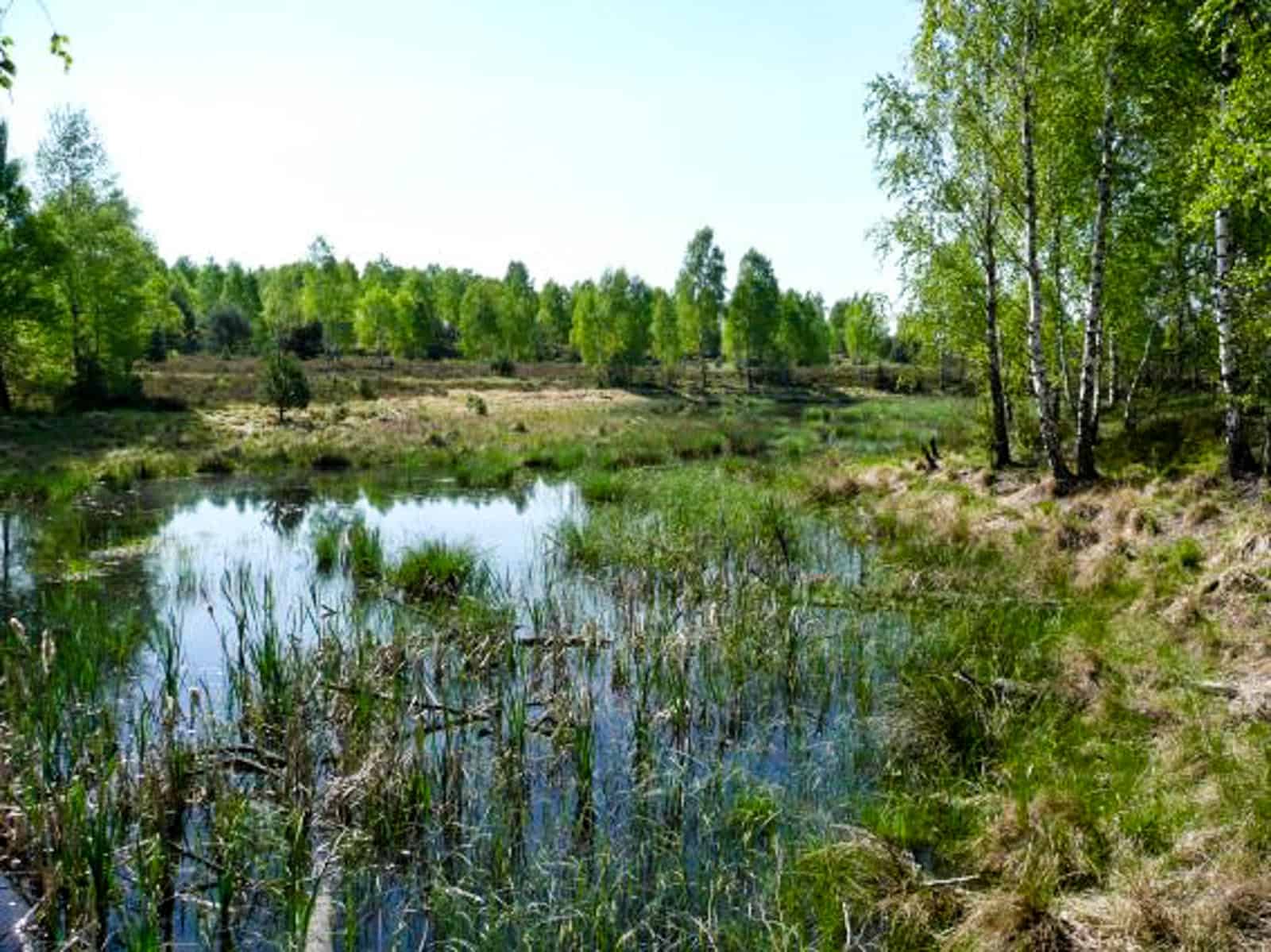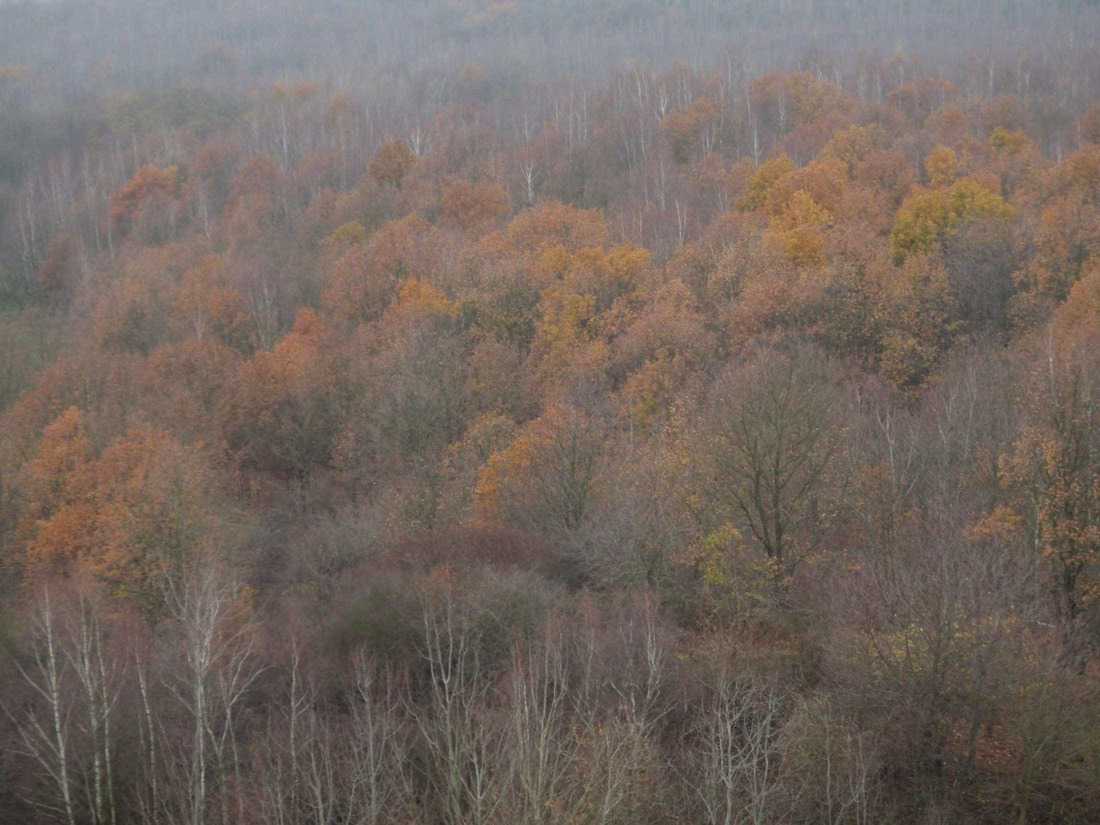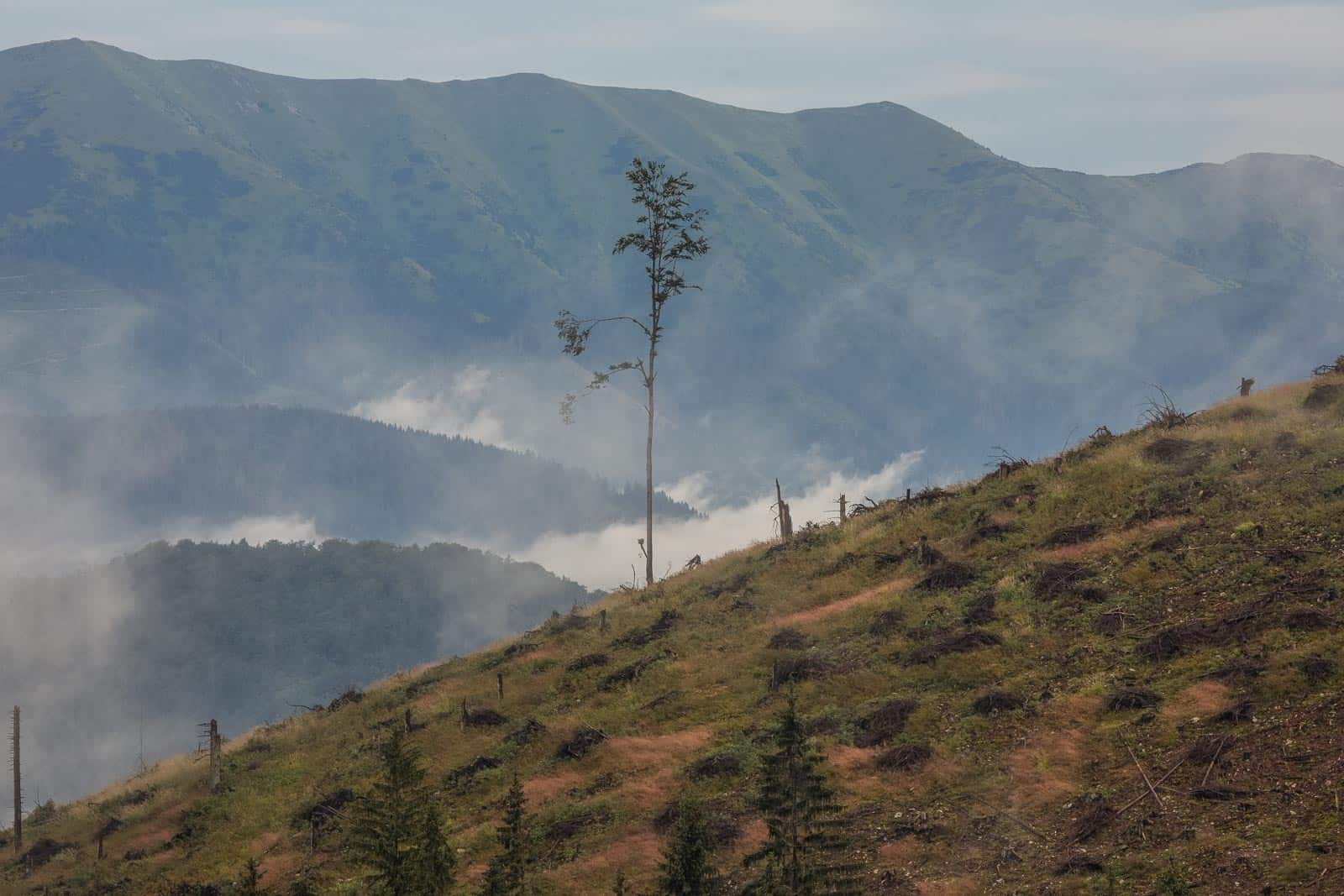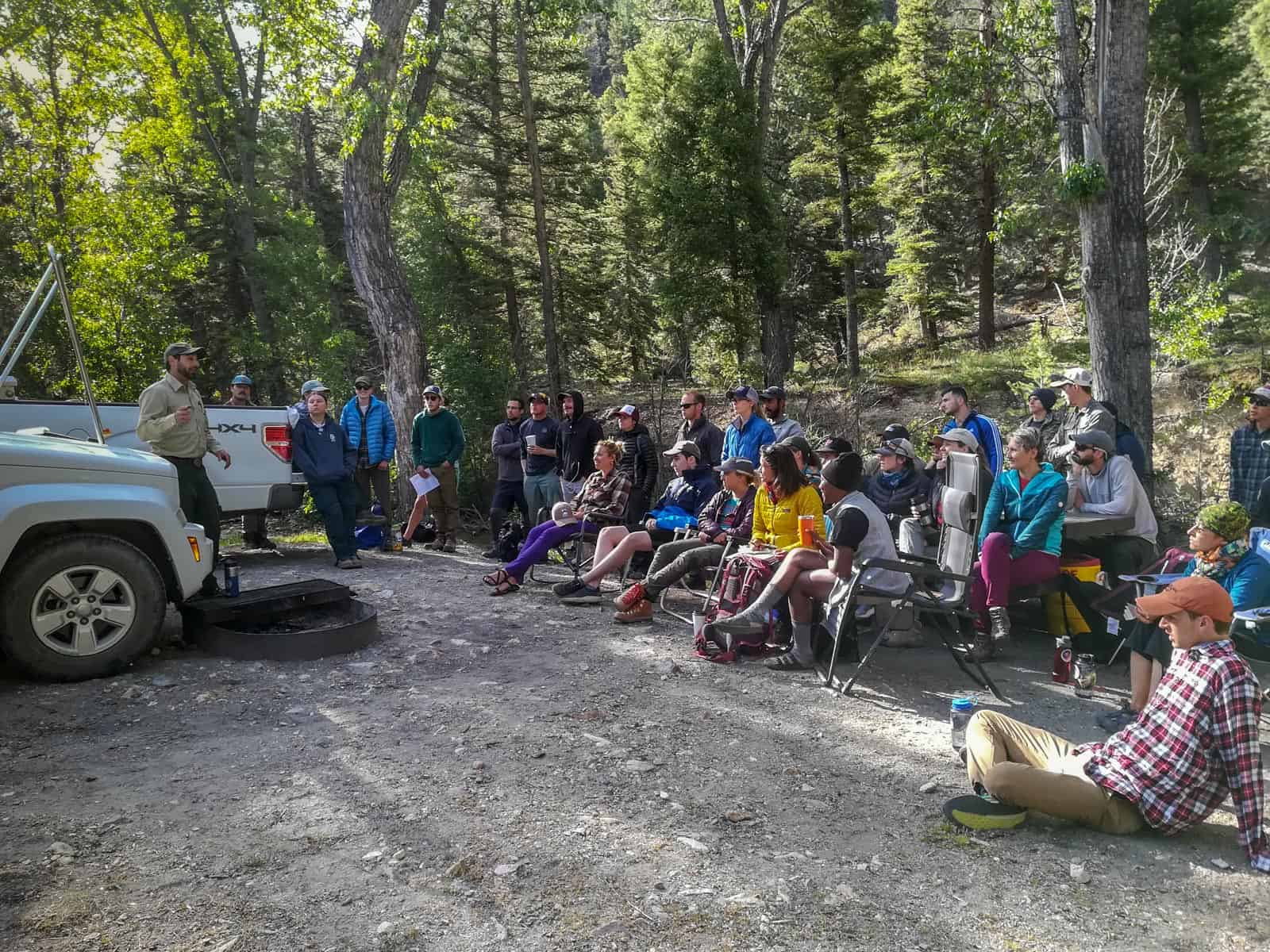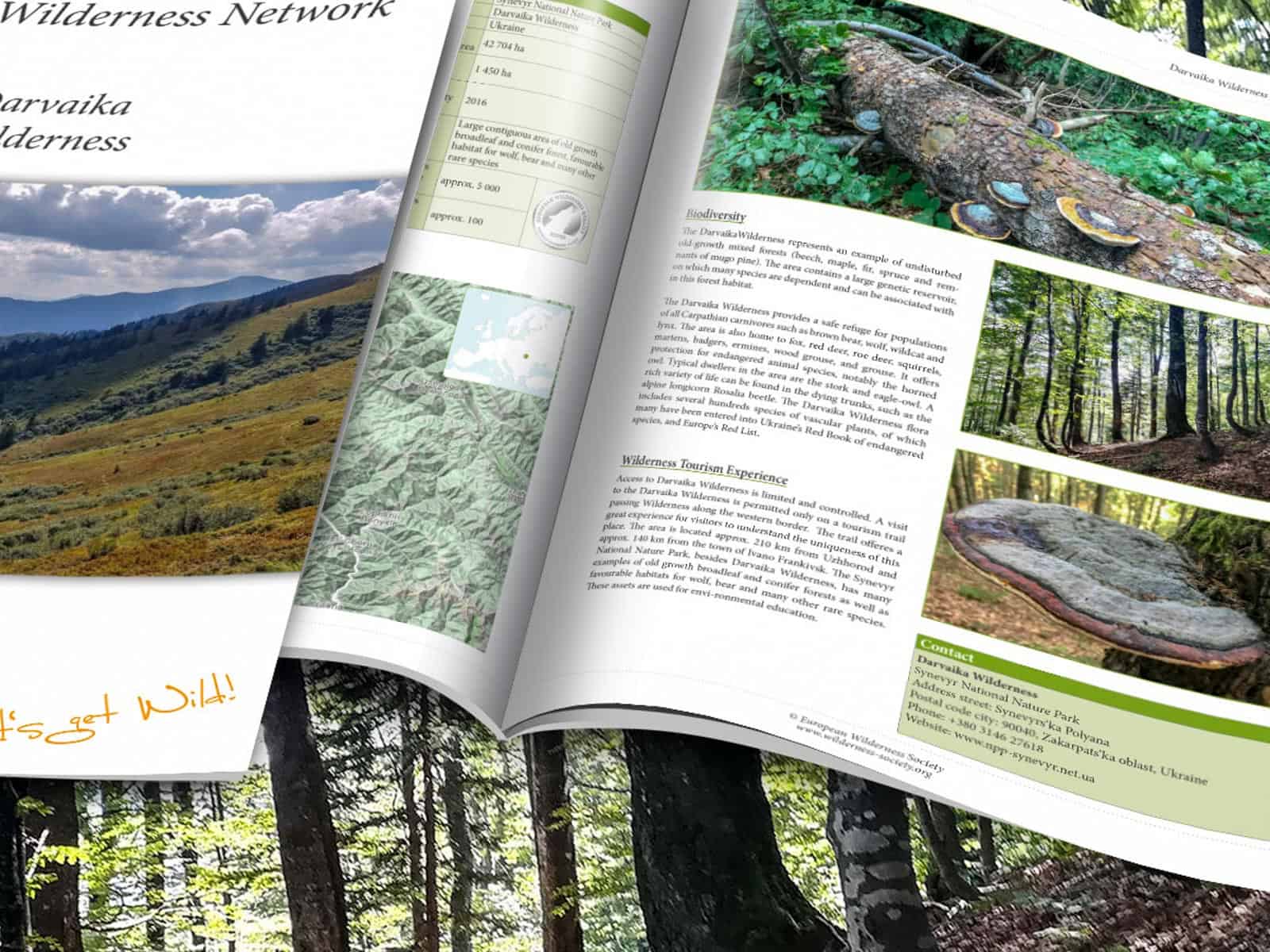High alpine pasture to high alpine Wilderness
An ongoing project taking place in the Austrian Hohe Tauern National Park has exemplified nature’s power of recovery and ability to carve out its own destiny. Despite animals previously using this area for intensive grazing, the Aschamalm, a former high alpine pasture located in Salzburg state, has come on leaps and bounds in terms of biodiversity since the end of human-use and grazing there.
Pasture taken out of use
The Aschamalm is located at 1 600 m above sea level in the Untersulzbachtal within the Hohe Tauern National Park. Steep slopes dominate the Untersulzbachtal, with the valley rising from a forested area, at one end, to a glacier, at the other. As a relatively remote region, the topography of the valley is very much natural, unspoilt and pristine. Until 2016, a section of this area was subject to intensive grazing use as a traditional high alpine pasture. In and around the Aschamalm, multiple habitats of interest are present. These include Nardus grasslands, intensively grazed pastures, Medio-European upland siliceous screes, siliceous rocky slopes, and endangered arch and arolla forests. Aside from intensively grazed pastures, all of these habitats come under the Habitats Directive of the EU. The directive aims to protect characteristic, rare, threatened or endemic animals, plants and habitats within the EU.
The turning point for the management of the Aschamalm came in 2016. This was when the area came under the direct ownership of the National Park authorities. Thereupon, the National Park put a stop to the intensive grazing, and instead, let nature find its own way. Subsequently, the natural processes of succession have been able to flourish on this former pasture. In 2017, the authorities reinforced this goal as they included the area as part of the buffer zone for the newly set-up Sulzbachtäler Wilderness Area. The IUCN Wilderness Area is now free from human intervention, allowing natural processes to take over. Moreover, this allows nature to choose its own path. In light of the debate surrounding the development of an area after it has been taken out of agricultural use, the project on the Aschamalm has certainly raised some interesting points so far.
Vegetation surveys
Since 2014, vegetation surveys have taken place on the Aschamalm, also accounting for the various Natura 2000 sites present there. The observation plots on the former high alpine pasture encompass as diverse a range of environments as possible. Many geological elements are accounted for in the study design, inlcuding gradient, sea level, slope exposition, and nutrients levels. In addition, properties regarding the area’s previous purpose have been considered. These include the distance to the centre of the formerly used high alpine pasture, the quality of the vegetation as feed, and an area’s accessibility for grazing cattle.
So far, results are available for the years 2014, 2016 – 2020. Generally speaking, with a few exceptions, ecologists have repeated vegetation surveys on seven monitoring plots that the National Park first established in 2014 and 2016 (before grazing stopped).
No intervention, more biodiversity
Since the end of grazing, biodiversity has continued to increase. Significantly so, the greatest rise has occurred on areas where intensive grazing once took place. Evidently, this shows that nature can recover once left alone and thrives when free from human control and influence. In 2020, four years after the discontinuation of grazing, biodiversity has kept on rising. The number of martagon lily, house leek and orchids have risen considerably in comparison to previous years. However, succession has not progressed that far as of yet. In terms of shrubs, the alpenrose is becoming more widespread. Other shrubs are also colonising, but with no negative affect on the area’s biodiversity so far.
The area is home to both nutrient-rich former pastures and nutrient-poor calcareous grassland. In both types of areas, biodiversity has risen since the end of grazing there. There has been a sharp rise in flower numbers across both habitat categories, with the number of buttercup species and perennial flowering herbs increasing particularly on the nutrient-rich former pastures, and flowers and ferns on the calcarious grasslands. Not to mention, on both habitat categories, biodiversity has almost doubled since the end of grazing there.
Exciting news for the potential of Wilderness
It remains unknown as to whether this trend upward trend in biodiversity will continue. Woody plants have yet to properly colonise, and when so, their impact on biodiversity will be of interest to observe as woody plants and trees tend to act as a limiting factor on resources for many smaller plants. Many studies show that grazing, by both wild and domesticated animals, are thus needed to preserve biodiversity in grasslands. However, on the contrary, the study on the Aschamalm backs up the notion that nature can itself create an ecosystem full of diversity once left to its own devices. Although this is study has only just started, it outlines the role of Wilderness in propelling natural regeneration forward. This study does not even account for the cascading effect of this increased plant biodiversity on animals and insects, so the overall picture could be even more rosy than portrayed.
For the time being, it is amazing to see how nature has recovered so quickly and any future developments with regards to this area will be keenly anticipated. As the study continues, the long-term effects will become clearer, providing valuable insights into Wilderness’ role in natural regeneration.
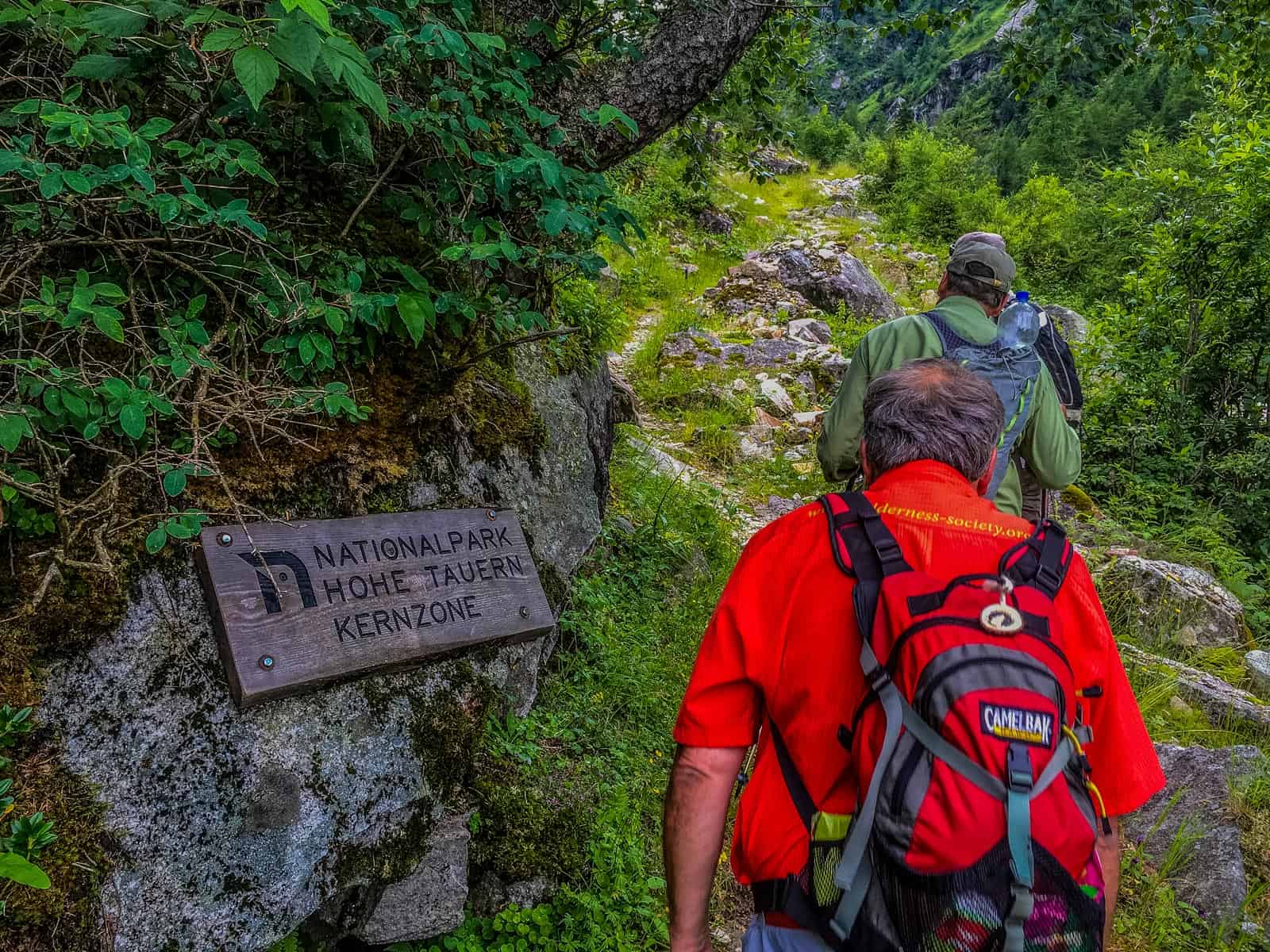
Hohe Tauern WIlderness Exkursion 2017 test 1.jpg – © European Wilderness Society CC BY-NC-ND 4.0 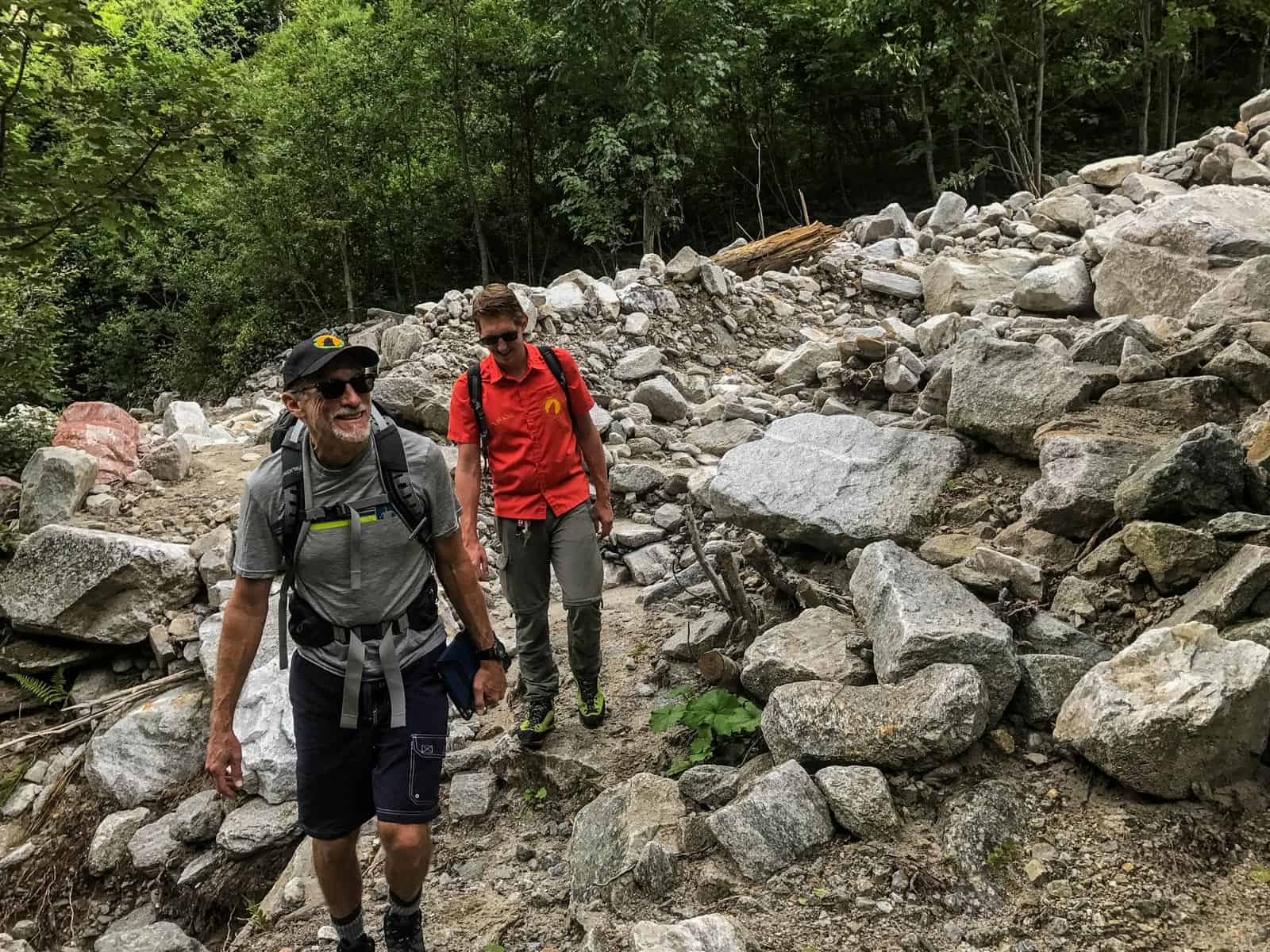
Hohe Tauern WIlderness Exkursion 2017 0050.jpg – © European Wilderness Society CC BY-NC-ND 4.0 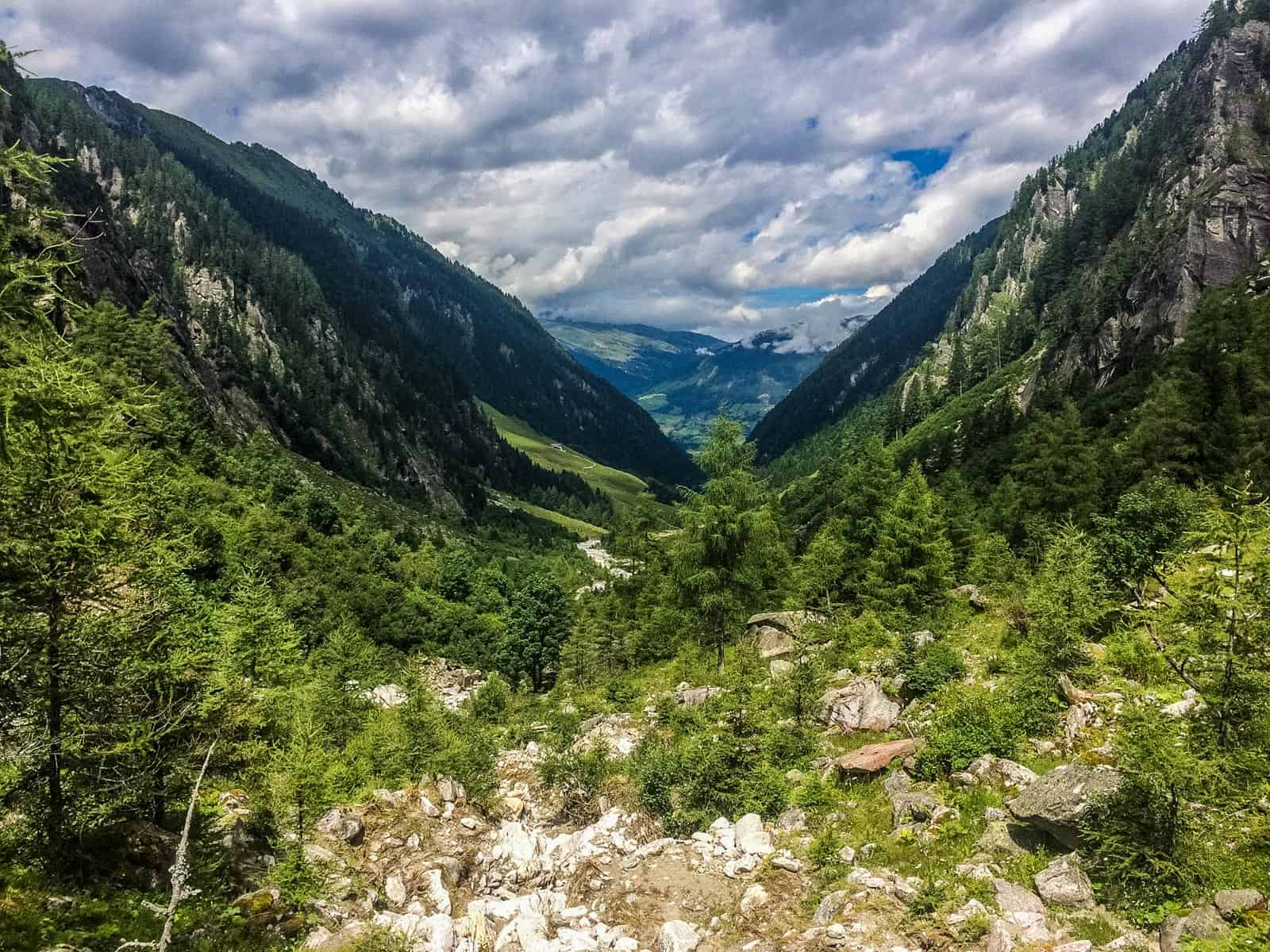
Hohe Tauern WIlderness Exkursion 2017 0054.jpg – © European Wilderness Society CC BY-NC-ND 4.0 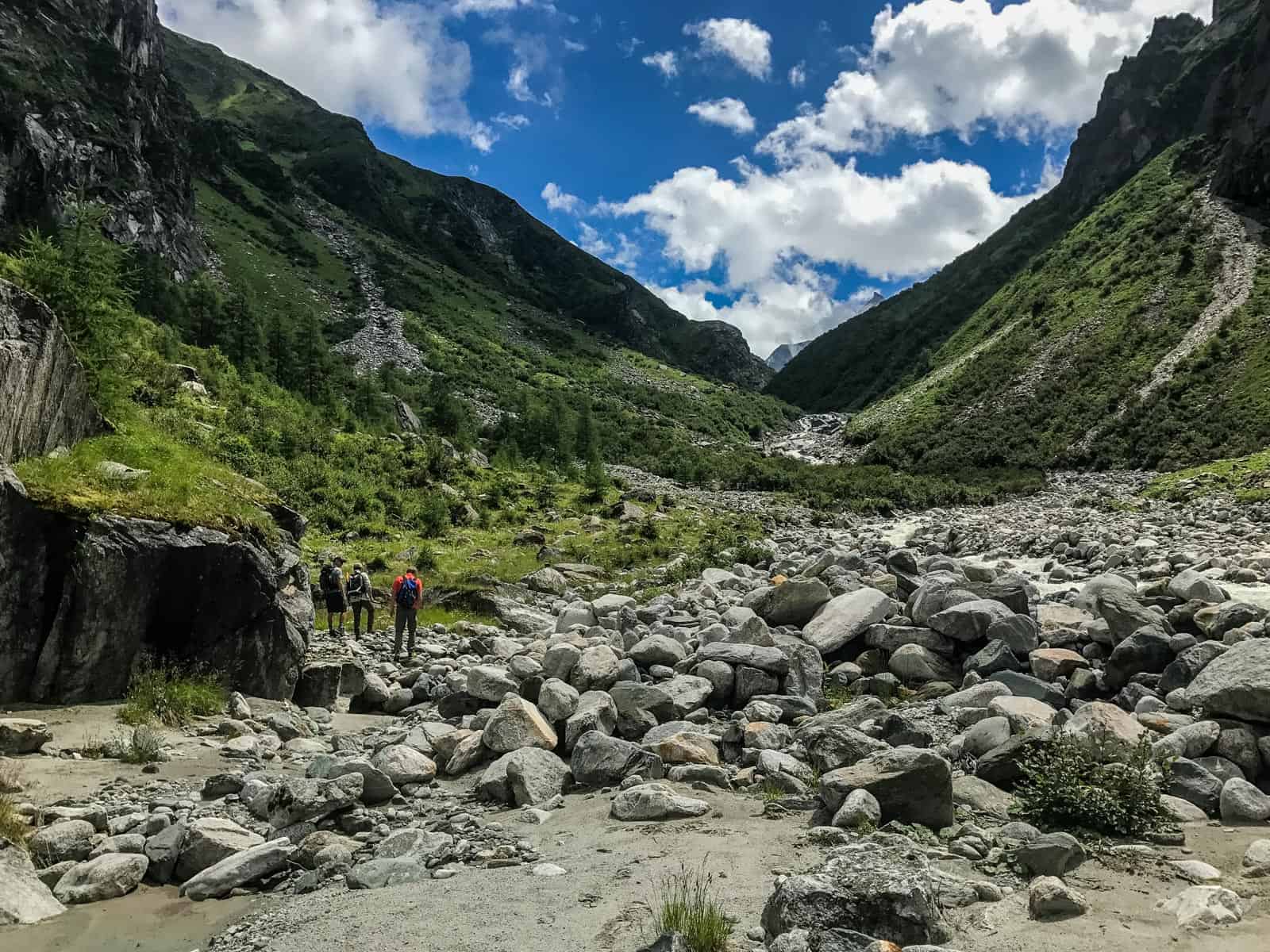
Hohe Tauern WIlderness Exkursion 2017 0073.jpg – © European Wilderness Society CC BY-NC-ND 4.0

